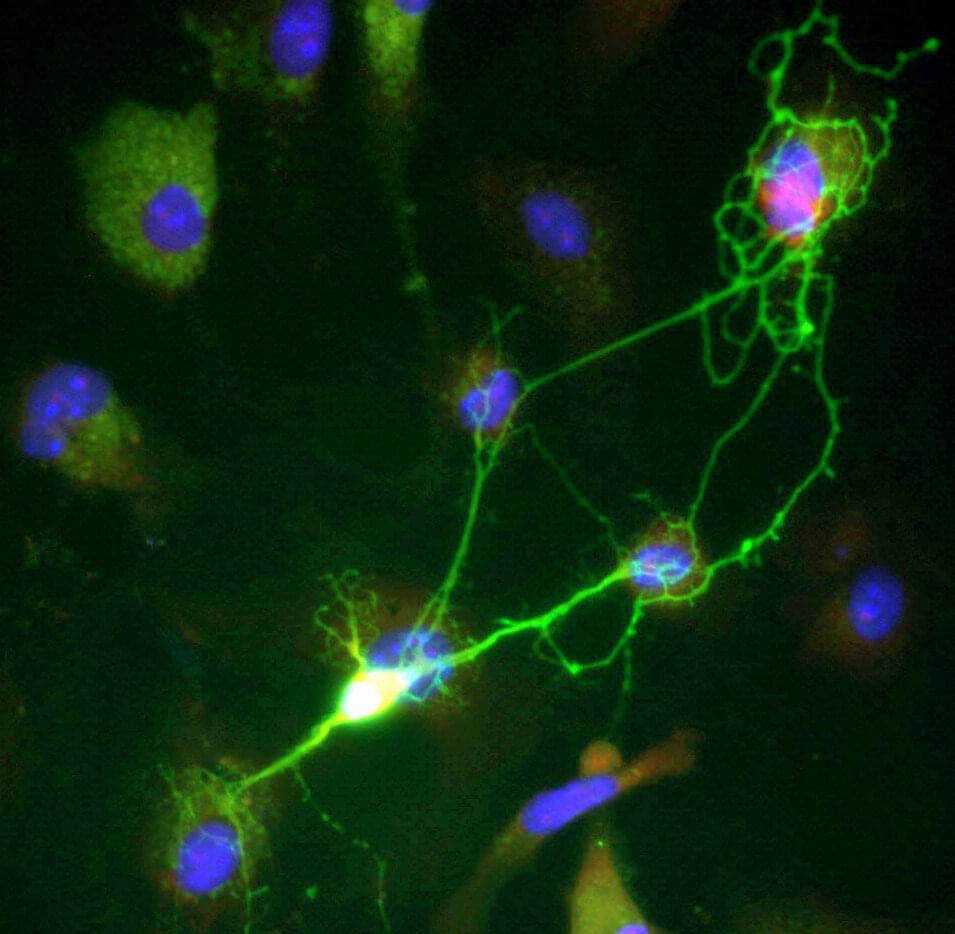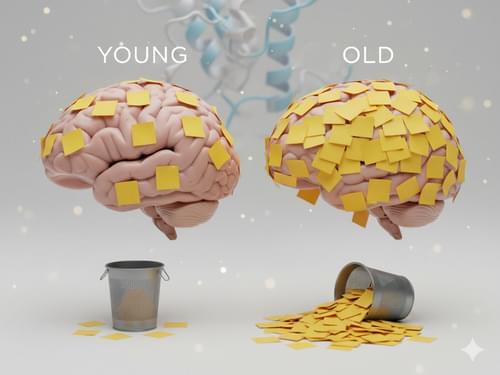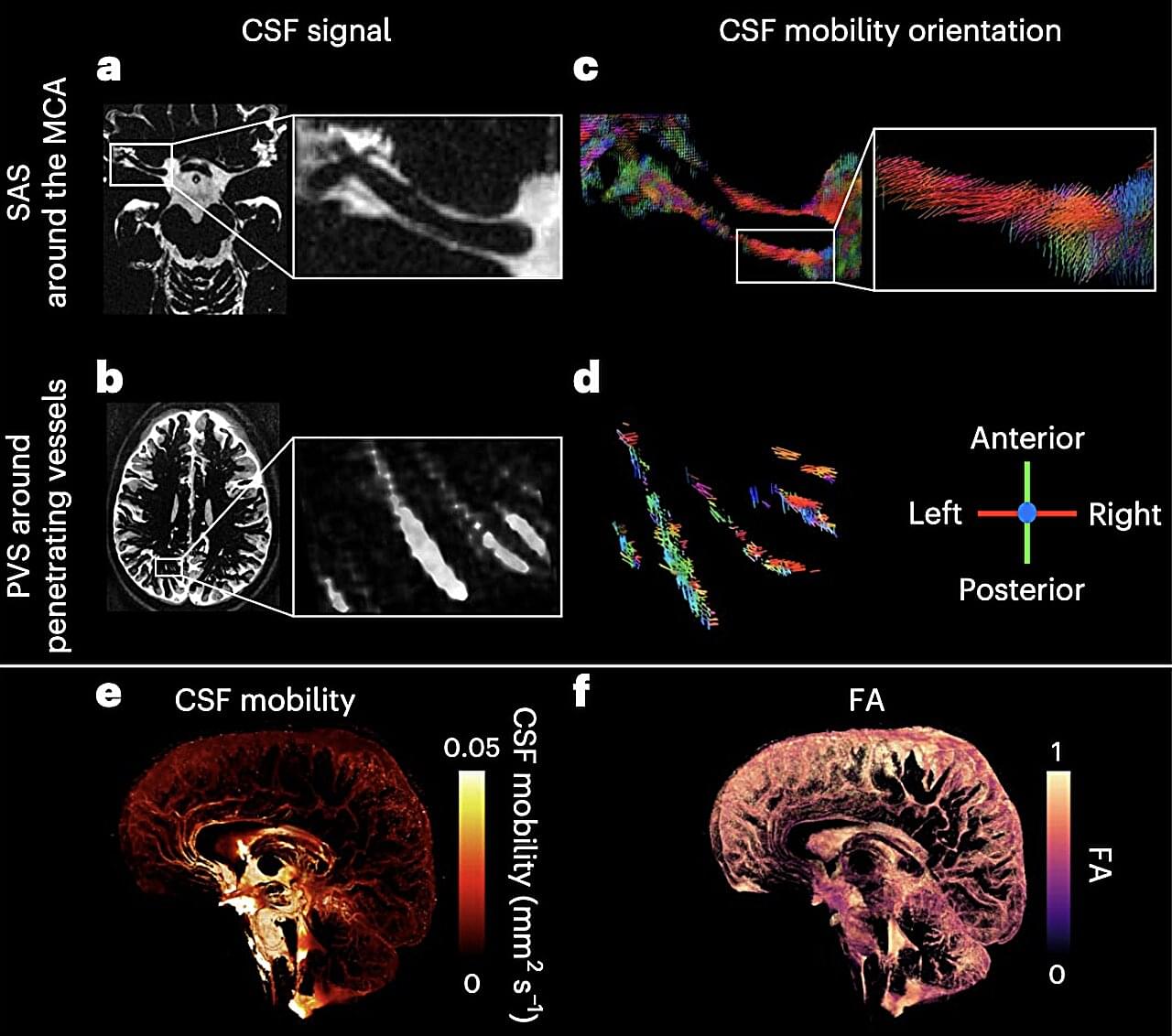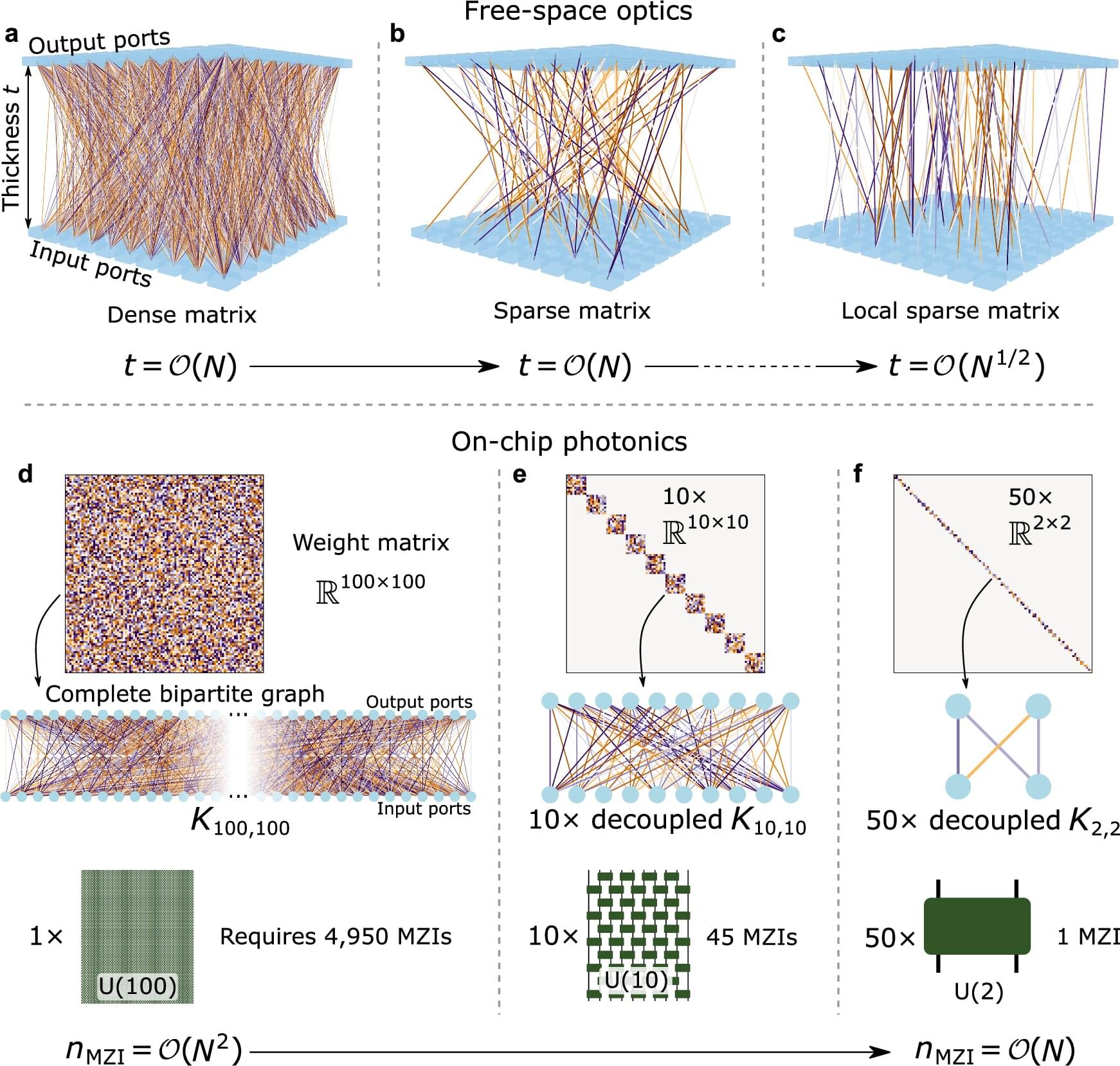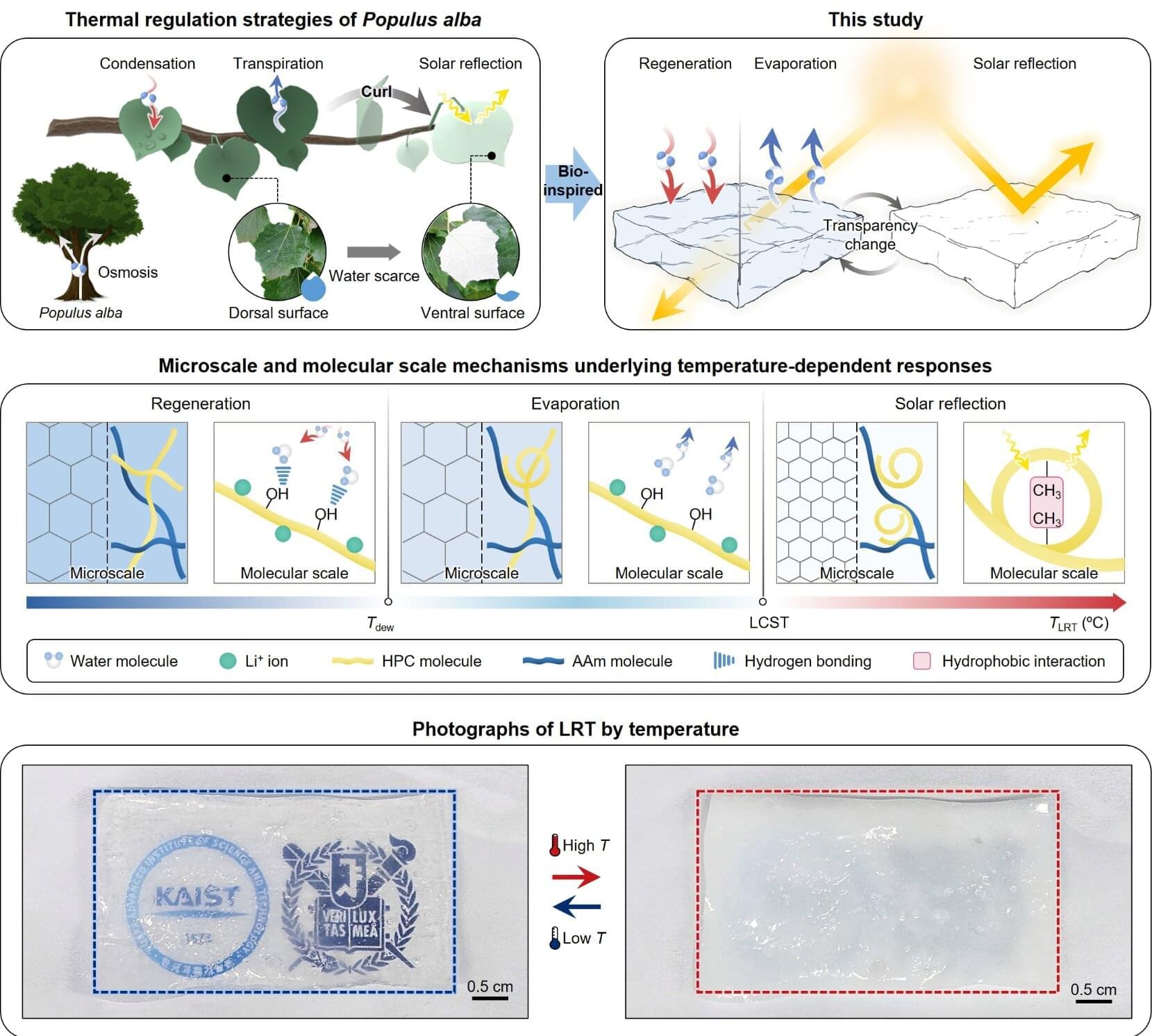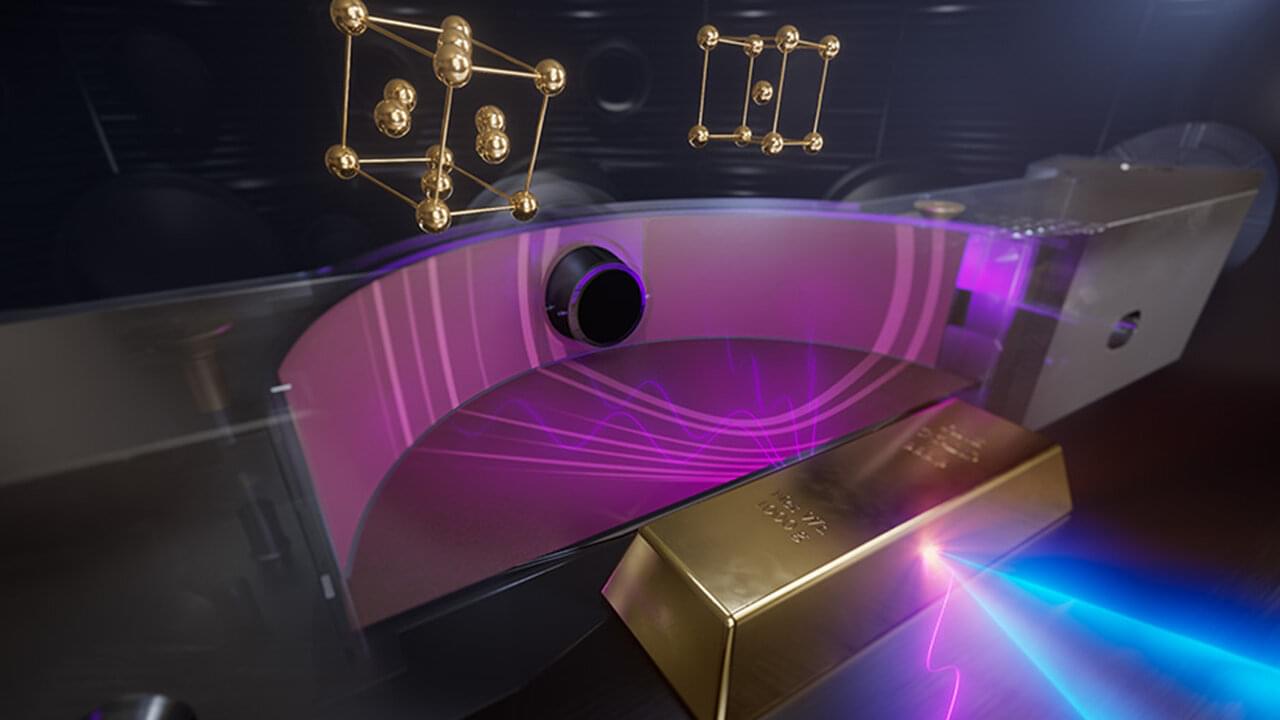A meta-analysis of RCTs found high uptake (92%) but moderate adherence (62%) to mental health apps among participants with depression or anxiety; posttest attrition averaged 18% and follow-up attrition 28%. Trials that included reminders, human contact, and omitted gamification saw lower dropout rates.
Question What are the expected rates of uptake, attrition, and adherence in randomized clinical trials of mental health apps for depression and anxiety?
Findings This systematic review and meta-analysis of 79 randomized trials found high rates of app uptake (94%) and moderate adherence (62%) among participants with depression or anxiety. Posttest attrition averaged 17%, and follow-up attrition was 27%.
Meaning These findings highlight the need to optimize app design and trial protocols to improve engagement and reduce attrition in digital interventions for depression and anxiety.

